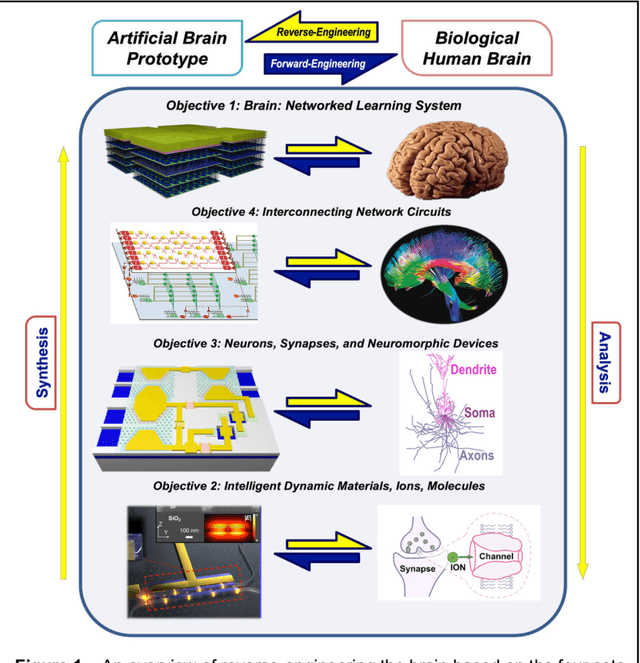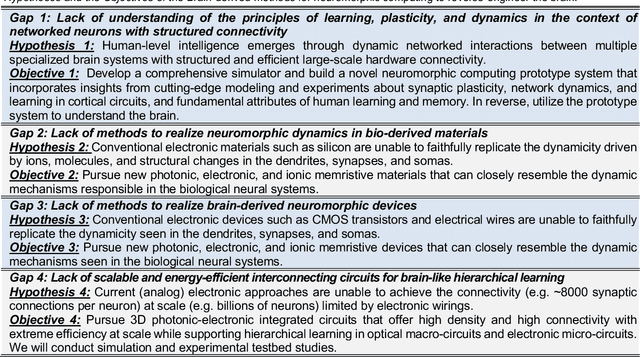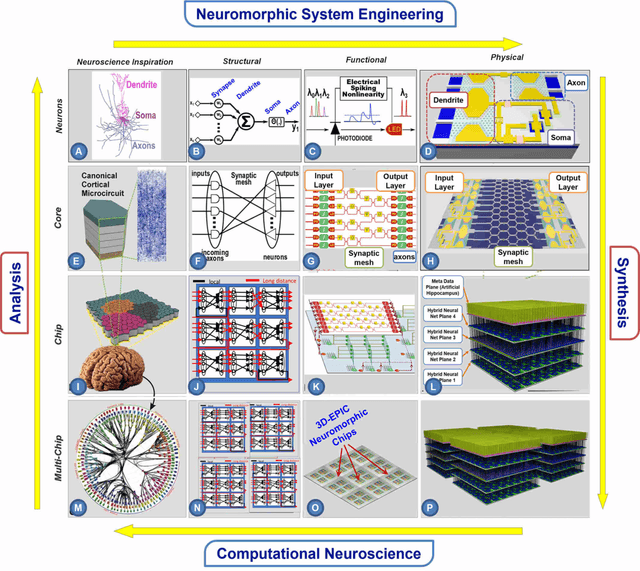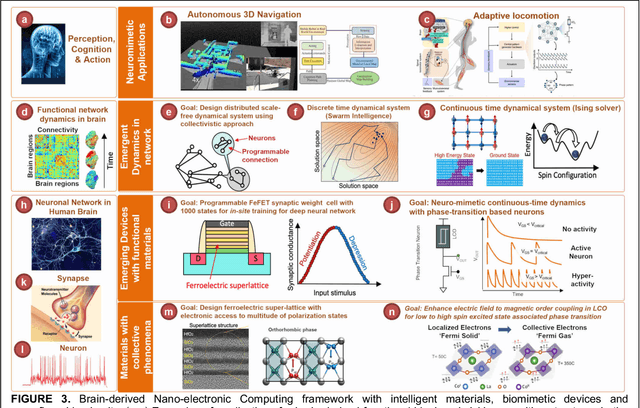Charan Ranganath
Flexible Prefrontal Control over Hippocampal Episodic Memory for Goal-Directed Generalization
Mar 04, 2025Abstract:Many tasks require flexibly modifying perception and behavior based on current goals. Humans can retrieve episodic memories from days to years ago, using them to contextualize and generalize behaviors across novel but structurally related situations. The brain's ability to control episodic memories based on task demands is often attributed to interactions between the prefrontal cortex (PFC) and hippocampus (HPC). We propose a reinforcement learning model that incorporates a PFC-HPC interaction mechanism for goal-directed generalization. In our model, the PFC learns to generate query-key representations to encode and retrieve goal-relevant episodic memories, modulating HPC memories top-down based on current task demands. Moreover, the PFC adapts its encoding and retrieval strategies dynamically when faced with multiple goals presented in a blocked, rather than interleaved, manner. Our results show that: (1) combining working memory with selectively retrieved episodic memory allows transfer of decisions among similar environments or situations, (2) top-down control from PFC over HPC improves learning of arbitrary structural associations between events for generalization to novel environments compared to a bottom-up sensory-driven approach, and (3) the PFC encodes generalizable representations during both encoding and retrieval of goal-relevant memories, whereas the HPC exhibits event-specific representations. Together, these findings highlight the importance of goal-directed prefrontal control over hippocampal episodic memory for decision-making in novel situations and suggest a computational mechanism by which PFC-HPC interactions enable flexible behavior.
Towards Reverse-Engineering the Brain: Brain-Derived Neuromorphic Computing Approach with Photonic, Electronic, and Ionic Dynamicity in 3D integrated circuits
Mar 28, 2024



Abstract:The human brain has immense learning capabilities at extreme energy efficiencies and scale that no artificial system has been able to match. For decades, reverse engineering the brain has been one of the top priorities of science and technology research. Despite numerous efforts, conventional electronics-based methods have failed to match the scalability, energy efficiency, and self-supervised learning capabilities of the human brain. On the other hand, very recent progress in the development of new generations of photonic and electronic memristive materials, device technologies, and 3D electronic-photonic integrated circuits (3D EPIC ) promise to realize new brain-derived neuromorphic systems with comparable connectivity, density, energy-efficiency, and scalability. When combined with bio-realistic learning algorithms and architectures, it may be possible to realize an 'artificial brain' prototype with general self-learning capabilities. This paper argues the possibility of reverse-engineering the brain through architecting a prototype of a brain-derived neuromorphic computing system consisting of artificial electronic, ionic, photonic materials, devices, and circuits with dynamicity resembling the bio-plausible molecular, neuro/synaptic, neuro-circuit, and multi-structural hierarchical macro-circuits of the brain based on well-tested computational models. We further argue the importance of bio-plausible local learning algorithms applicable to the neuromorphic computing system that capture the flexible and adaptive unsupervised and self-supervised learning mechanisms central to human intelligence. Most importantly, we emphasize that the unique capabilities in brain-derived neuromorphic computing prototype systems will enable us to understand links between specific neuronal and network-level properties with system-level functioning and behavior.
 Add to Chrome
Add to Chrome Add to Firefox
Add to Firefox Add to Edge
Add to Edge